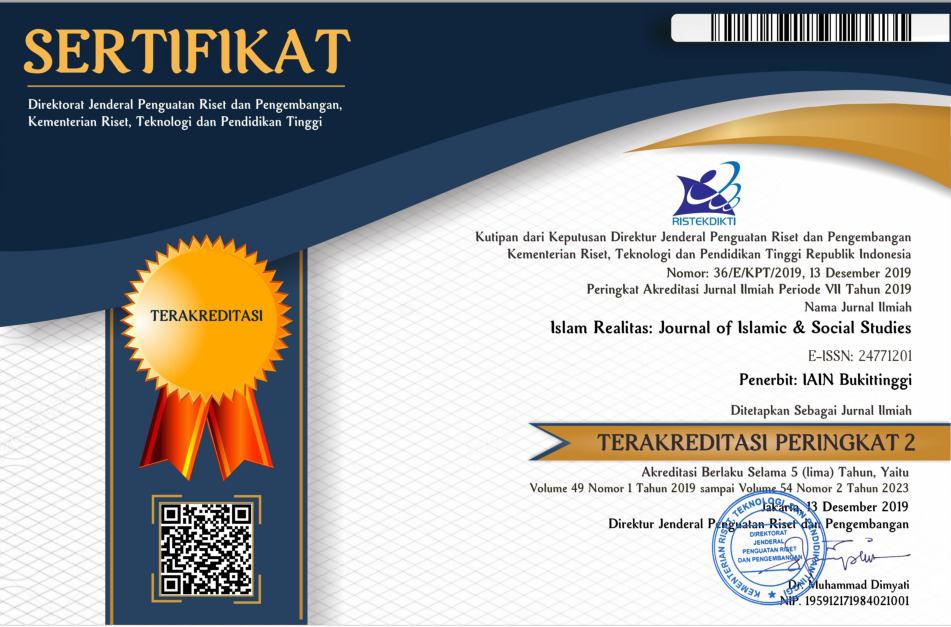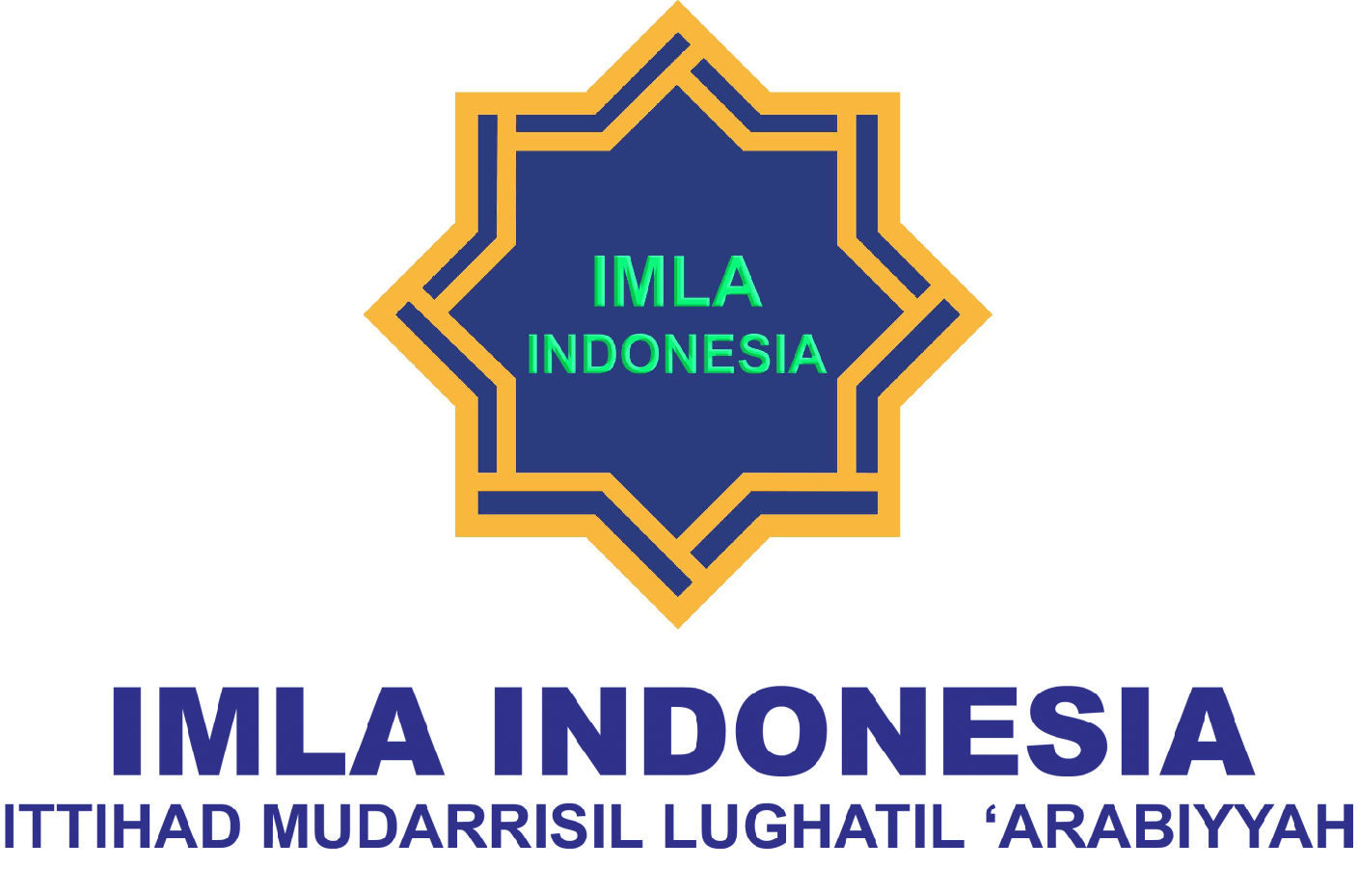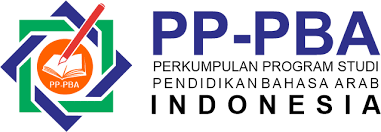al-TaÊ¿rÄ«b fÄ« al-Muá¹£á¹alaḥÄt al-Iliktruniyyah wa al-á¹¢iḥḥiyyah bi MauqiÊ¿ mawdoo3.com al-Ê¿Arabiy
DOI:
https://doi.org/10.30983/huruf.v2i1.5186Keywords:
Arabic Terms, Arabic Website, Ta'ribAbstract
The development of modern science and technology today makes Arabic have to adapt to new terms that appear. Arabic absorbs foreign words and phrases and becomes part of Arabic through several processes, including the ta'rib process. This study aims to determine the words or terms that indicate the form of ta'rib in electronics and health fields on the mawdoo3.com website and the methods used in the ta'rib process. This research is a qualitative descriptive study with a literature study approach. Data collection techniques used are reading, note-taking, and documentation techniques. The steps in analyzing the data are collecting data from the website, choosing the word or term ta'rib, describing the data and classifying it in tabular form, and drawing conclusions. The study's results revealed that on the mawdoo3.com website, 61 data were showing the words and terms of ta'rib. The method used in the ta'rib process is the translation method with 41 data, iqtibas lafdzi form with 10 data, isytiqaq method with 9 data, and naht method with 1 data.
كان تطور العلوم والتكنولوجيا الØديثة اليوم يجعل اللغة العربية مضطرة للتكي٠مع المصطلØات الجديدة. تمتص اللغة العربية الكلمات والمصطلØات الأجنبية ÙˆØªØµØ¨Ø Ù„ØºØ© عربية من خلال عدة عمليات ØŒ بما ÙÙŠ ذلك عملية التعريب. تهد٠هذه الدراسة إلى تØليل الكلمات أو المصطلØات التي تدل على شكل التعريب ÙÙŠ المجالات الإلكترونية والصØية على موقع mawdoo3.com  العربي، والطرق المستخدمة ÙÙŠ عملية التعريب. هذا البØØ« بØØ« وصÙÙŠ نوعي مع دراسة مكتبية. تقنيات جمع البيانات المستخدمة هي تقنيات القراءة والتدوين والتوثيق. تتمثل خطوات تØليل البيانات ÙÙŠ جمع البيانات من الموقع واختيار كلمات أومصطلØات التعريب ووص٠البيانات وتصنيÙها ÙÙŠ شكل جدول واستخلاص النتائج. وكشÙت نتائج الدراسة على موقع mawdoo3.com أن هناك 61 بيانات ØªÙˆØ¶Ø ÙƒÙ„Ù…Ø§Øª ومصطلØات التعريب. الطريقة المستخدمة ÙÙŠ عملية التعريب هي طريقة الترجمة مع 41 بيانات، وطريقة الإقتباس اللÙظي ÙÙŠ 10 بيانات، وطريقة الإشتقاق ÙÙŠ 9 بيانات، وطريقة النØت ÙÙŠ بيانات واØدة.
References
Al-Tawwab, Ramaá¸an ‘Abd, FusÅ«lun Fi Fiqh Al-‘Arabiyyah (Kairo: Maktabah Al-Khanji, 1997)
Bahruddin, Uril, Fiqh Lughah (Malang: UIN Maliki Malang Press, 2012)
Ismawati, Sejarah Timur Tengah (Yogyakarta: Ombak, 2012)
Malik, Abdul, ‘Arabisasi (Ta‘rib) Dalam Bahasa Arab (Tinjauan Deskriptif-Historis)’, AdabiyyÄt: Jurnal Bahasa Dan Sastra, 8.2 (2009) <https://ejournal.uin-suka.ac.id/adab/Adabiyyat/article/view/631>
Nasir, Amin, ‘Bahasa Arab Era Klasik Dan Modern (Tinjauan Pembelajaran Teoritis)’, Arabia: Jurnal Pendidikan Bahasa Arab, 6.1 (2014) <https://journal.iainkudus.ac.id/index.php/Arabia/article/view/1393>
Nazir, Moh, Metode Penelitian (Bogor: Ghalia Indonesia, 2013)
Ramadhan, Febrian Riski, ‘Al-Dakhil Wa Al-Muárrab Fi Mauqi’ Indonesia Al-Yaum’ (UIN Syarif Hidayatullah, 2018)
Siswantoro, Metode Penelitian Sastra: Analisis Psikologis (Surakarta: Muhammadiyah University Press, 2005)
Suryana, Metode Penelitian Model Praktis Penelitian Kuantitatif Dan Kualitatif (Bandung: UPI, 2010)
Ya’qÅ«b, Emil Badi’, Fiqh Al-Lughah Al-‘Arabiyyah Wa Khaá¹£Äiá¹£uhÄ (Beirut: DÄr Al-ThaqÄfah al-IslÄmiyyah, 1982)
Yuspa, Anida, ‘Arabisasi Kata-Kata Asing Sebagai Usaha Mempertahankan Gramatika Dan Morfologi Bahasa Arab’, Al-Fathin: Jurnal Bahasa Dan Sastra Arab, 1.1 (2016) <https://e-journal.metrouniv.ac.id/index.php/al-fathin/article/view/1193>
Zahid, ‘Mesin Pencari Baru Dari Timur Tengah Untuk Saingi Google’, 2016 <https://www.eramuslim.com/berita/mawdoo3-com-mesin-pencari-baru-dari-timur-tengah-untuk-saingi-google.htm>
Zuhriah, ‘Eksistensi Kata Serapan Dalam Al-Qur’an’, Jurnal Ilmu Budaya, 6.1 (2016) <https://journal.unhas.ac.id/index.php/jib/article/view/2325>
Downloads
Published
Issue
Section
Citation Check
License
Copyright (c) 2022 Habri Habri, Khafid Roziki, Abdul Muntaqim Al Anshory

This work is licensed under a Creative Commons Attribution-ShareAlike 4.0 International License.
Authors who publish with this journal agree to the following terms:
- Authors retain copyright and grant the journal right of first publication with the work simultaneously licensed under a Creative Commons Attribution-ShareAlike 4.0 International Licensethat allows others to share the work with an acknowledgment of the work's authorship and initial publication in this journal.
- Authors are able to enter into separate, additional contractual arrangements for the non-exclusive distribution of the journal's published version of the work (e.g., post it to an institutional repository or publish it in a book), with an acknowledgment of its initial publication in this journal.
- Authors are permitted and encouraged to post their work online (e.g., in institutional repositories or on their website) prior to and during the submission process, as it can lead to productive exchanges, as well as earlier and greater citation of published work (See The Effect of Open Access).




